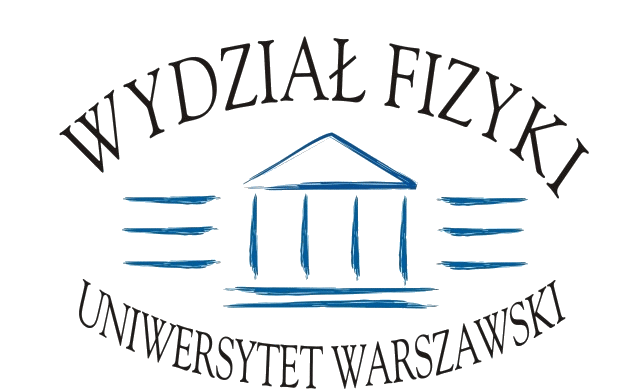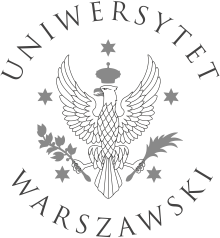New method for the chemical production of circular mRNA
2025-07-31
A research team led by Prof. Jacek Jemielity director of the Center for New Technologies at the University of Warsaw and Prof. Joanna Kowalska from the Faculty of Physics University of Warsaw, has developed an innovative chemical method for producing circular mRNA molecules. This opens up new possibilities for designing stable and effective RNA-based drugs. The results of the study have been published in the journal “Nature Communications”.
The new technique, called chem-circRNA, allows for the effective circularisation of RNA molecules produced by in vitro transcription, with lengths ranging from 35 to over 4,000 nucleotides, with an efficiency of over 60%. It utilises a reducing amination reaction between the modified 5′ end and the oxidised 3′ end of RNA, which eliminates the limitations typical of enzymatic or autocatalytic methods, such as sequence dependence and low efficiency.
“We were extremely surprised that molecules so sensitive to degradation could be subjected to a selective chemical reaction. Even more amazing is that such huge RNA molecules as those encoding the SARS-Cov-2 protein (over 4,000 nucleotides) can be efficiently closed in a loop,” comments Prof. Joanna Kowalska from the Faculty of Physics at the University of Warsaw.
“The RNA chemical circularisation strategy we have developed is a flexible tool that allows the design of mRNA molecules with improved stability and controlled translation. This paves the way for the creation of a new generation of RNA therapies, from vaccines to more advanced gene therapies,” emphasises Prof. Jacek Jemielity, director of the Center for New Technologies at the University of Warsaw.
The new method could significantly accelerate the development of long-acting therapeutic mRNA, which are particularly useful where extended production times for therapeutic proteins are especially important, such as in the treatment of rare genetic diseases.
Key features of the new method:
Pioneering: this is the first chemical method in the world for obtaining this type of molecule;
Versatility and scalability: the method works for a wide range of RNA lengths and sequences, including those containing therapeutic modifications;
High translational activity: circular RNA obtained by this method supports effective, cap-dependent protein translation in mammalian cells;
Increased stability: chem-circRNA molecules show stability comparable to or higher than their enzymatically obtained counterparts;
Compatibility with other mRNA modification technologies: because the chemical method allows the introduction of a cap structure into circRNA, it makes translation independent of IRES (an RNA structure used by some viruses to initiate translation). As a result, circRNA can be combined with modified nucleotides, such as pseudouridine, which reduce mRNA reactogenicity.
More: https://en.uw.edu.pl/new-method-for-the-chemical-production-of-circular-mrna/





